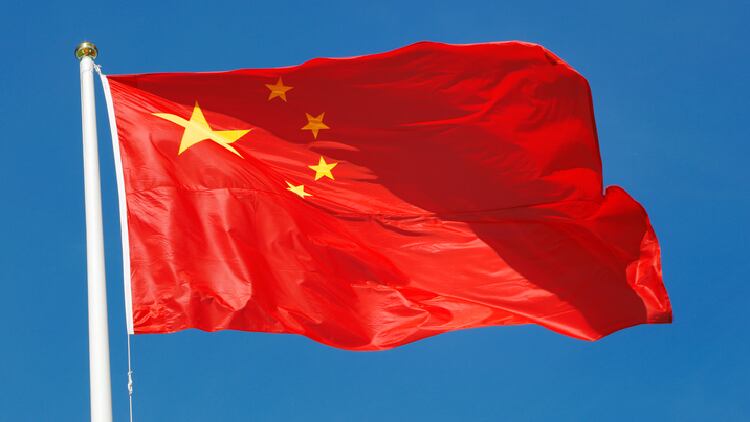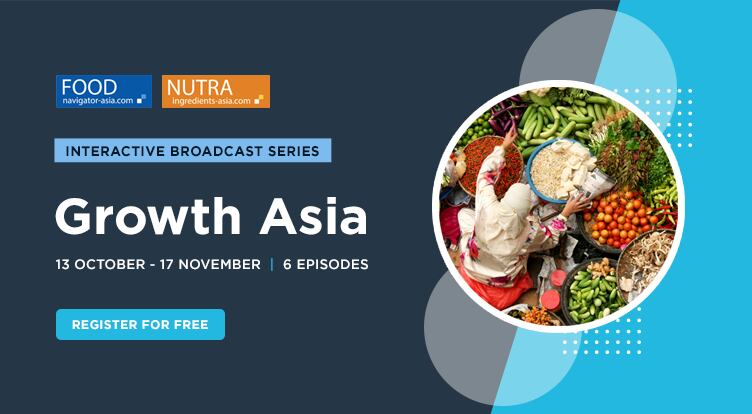This is according to Zhang Zhong Peng, director at China Chamber of Commerce for Import and Export of Medicines and Health Products (CCCMPHIE).
He was speaking at the first episode of the webinar series “Taming the Tiger – The China Opportunity” organised by trade body Complementary Medicines Australia (CMA).
At the webinar, he highlighted several new trends that have popped up in China’s health foods market this year.
Of which, the country saw a phenomenal interest in NMN supplements – a reason that contributed to the spikes in imports of US-made supplements.
In fact, the US exported the largest volume of finished health foods products into China in the first half of this year.
“NMN, probiotics, and quite a handful [of new, popular products] are imported from the US. So, to a certain extent, this has promoted the growth of [health foods] imports from the US.
“Secondly, some direct selling companies from the US, such as Amway and Herbalife have been preparing for digitalisation since last year and this is reaping results,” Zhang said.
In fact, imports from the US grew 43.9% yoy to about US$460m. Australia took the second spot, exporting health foods worth nearly US$420m into China.
Some popular NMN brands include Doctor’s Best.
“NMN is very expensive, but there are many who have bought the product…When people meet, they will [also] ask [each other]: ‘have you taken the product?’
“As such, there are still some degree of irrationality when [consumers are] buying the product,” he said.
Other popular health foods imports include edible bird’s nest, probiotics, coenzyme Q10, and vitamins.
In terms of functional benefits, those that claim to improve immunity, provide anti-ageing effects and beauty-from-within effects are the top three best selling categories.
Zhang added that sleep improvement, eye health, mood management, and sports nutrition also have good growth potential.
New product marketing tools, especially livestreaming, are becoming the trend in China as well.
“Big international brands need to keep up with times when it comes to changes. Livestreaming has become a new marketing tool.
“Brands need to choose which tools to use and thus, they need to have a good understanding of the China market,” Zhang advised.
The other retail outlets of health foods in China include pharmacies, supermarkets, cross-border e-commerce, social commerce, daigou, and new retail.
Specific goods, specific places
Although over half of the supplements sold in China were from the US or Australia, consumers have a specific country preference when it comes to certain products.
“Chinese consumers have different preferences for products from different overseas countries.
“For example, VMS, grape seed, fish oil, collagen, glucosamine, and probiotics from Australia are popular. On the other hand, VMS, lutein, and herbal products from Germany are more popular,” Zhang said.
The proportion of China’s top 10 health foods exporting countries has also gone up from 75.3% in 2012 to 80.7% in 2019.
This means that China is importing more health foods from its top 10 exporters and less so from other countries.
Look out for Hainan
There are currently 87 pilot cities and Hainan dealing with cross-border e-commerce imports in China.
Of which, Zhang had advised companies to take note of potential preferential policies introduced in that province.
“I advise all to especially place more attention on the policies in Hainan, as the central government might introduce more preferential policies for overseas brands [entering China via that province].”
At present, Guangdong and Zhejiang are major health foods importing cities where more than half (55.9%) of the products in China are received via these two cities.
The import volume of health foods at Guangdong grew at a 47.1% and Zhejiang at 44.5% in the first half of this year.
On the other hand, shopping events such as 618 and double 11 have further boosted CBEC.
This in turn led to the rise of companies which specialise in supply chain services, edging out those which focus on general trade only.
For example, Shanghai Roche Pharmaceutical and Abbott Laboratories Trading were in the top 10 list last year but dropped out this year.
There are also more enterprises importing nutrition and health foods.
As of June, there were 2,543 such enterprises – this is a 10.8% yoy growth. In total, their import volume of health foods was US$2.01bn, a 32.1% yoy growth.
However, only 42 enterprises have exceeded the US$10m mark in terms of the import amounts. The average import amount is US$792k.
The next webinar in this series will take place on Nov 24 (Tues). James Sung, business development manager at the Alibaba Group will reveal the new cross-border e-commerce trends in China. Register here.





